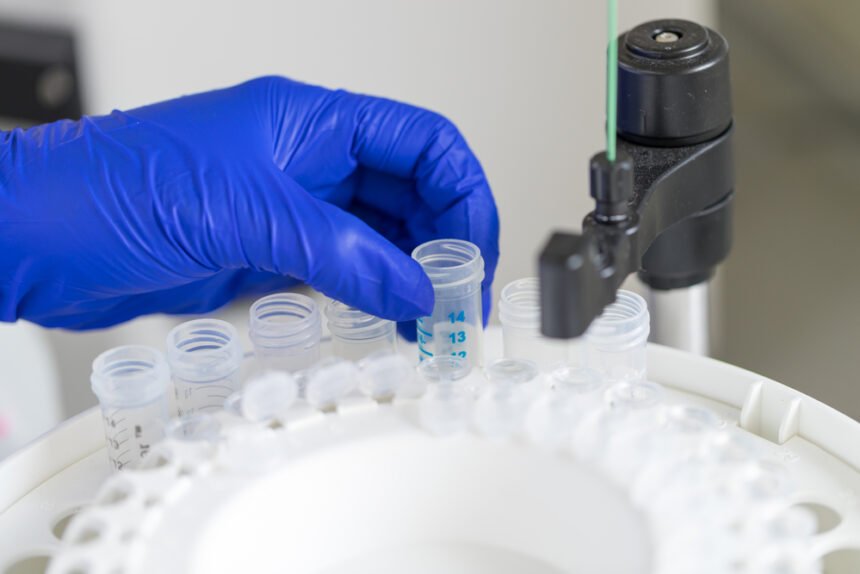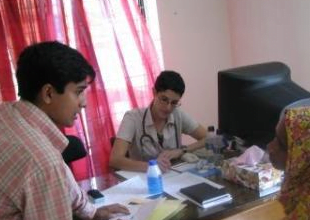Without biotechnological research, important measures such as vaccines, antibiotics, and pharmaceuticals would cease to exist. Researchers must be able to manipulate proteins in a highly controlled manner to study the outcomes of various techniques and procedures across a wide sample range. Thus, it is increasingly important to ensure that these proteins are isolated and pure so that their unique reactions and functions can be studied.
What Is Protein Purification?
Generally speaking, protein purification refers to the process in which a specific protein under study is isolated and removed from other molecules. Then, its reactions with common binding partners (ligands) can be studied without interference. There are numerous methods for purifying proteins generated using recombinant DNA, all referred to as recombinant protein purification. All purification processes typically involve the following steps:
- Prepare crude extract. To begin purifying proteins, researchers must remove the material that contains proteins from their surrounding environment. The substance removed from within a cell includes not only the desired proteins but other proteins, macromolecules, nutrients, and cell debris. For some applications, this extract is adequate. For biomedical applications, however, further preparation is necessary. Often, intracellular extract is further prepared by the removal of the cell debris that may accompany the desired proteins. The extract is placed in a centrifuge, which isolates the proteins and allows for the removal of the unwanted residue. In a similar manner, extracellular proteins can be separated from associated cells.
- Precipitation. Once researchers prepare the crude extract, secondary purification steps are often necessary to further isolate the protein for study. Usually, secondary purification involves precipitation, which involves introducing the crude extract to an ammonium sulfate solution with high osmotic strength. Proteins with varying molecular weights will become less water-soluble in solutions with increasingly high salt content. Undesirable proteins – proteins the researcher is not interested in purifying – will precipitate, or separate from the solution, at differing salt concentration levels. Then, the desired proteins can be concentrated and removed.
- Protein visualization and assessment of purification. Once the desired proteins are isolated, researchers must separate the protein from the remaining salts in the solution to allow for visualization of the protein. This final step involves some sort of chromatography, which separates the two components in the mixture into phases. A stationary phase keeps the undesired salt in place, while a mobile phase removes the proteins in the mixture through a medium, for filtration. Affinity chromatography is a commonly-used final purification step due to the resulting highly-purified protein solution. Desired proteins are “tagged” with a peptide or protein ligand that will form a strong bond. Then, the solution is rinsed with another solution containing free ligands, removing the protein from the gel column. This method results in the most highly purified protein solutions and allows highly specific research on the isolated protein solution.
Protein Purification Is the Basis for Biotechnological Research
Studies conducted on purified, isolated proteins provides researchers with the best possible information regarding how a protein interacts with hormones, changes in shape, or experimental drug ligands. Achieving ideal protein purification in an efficient, precise manner can only aid in the development of pharmaceuticals and other disease-preventing technologies, cementing recombinant protein purification as one of the most important steps in biotechnological research today.








